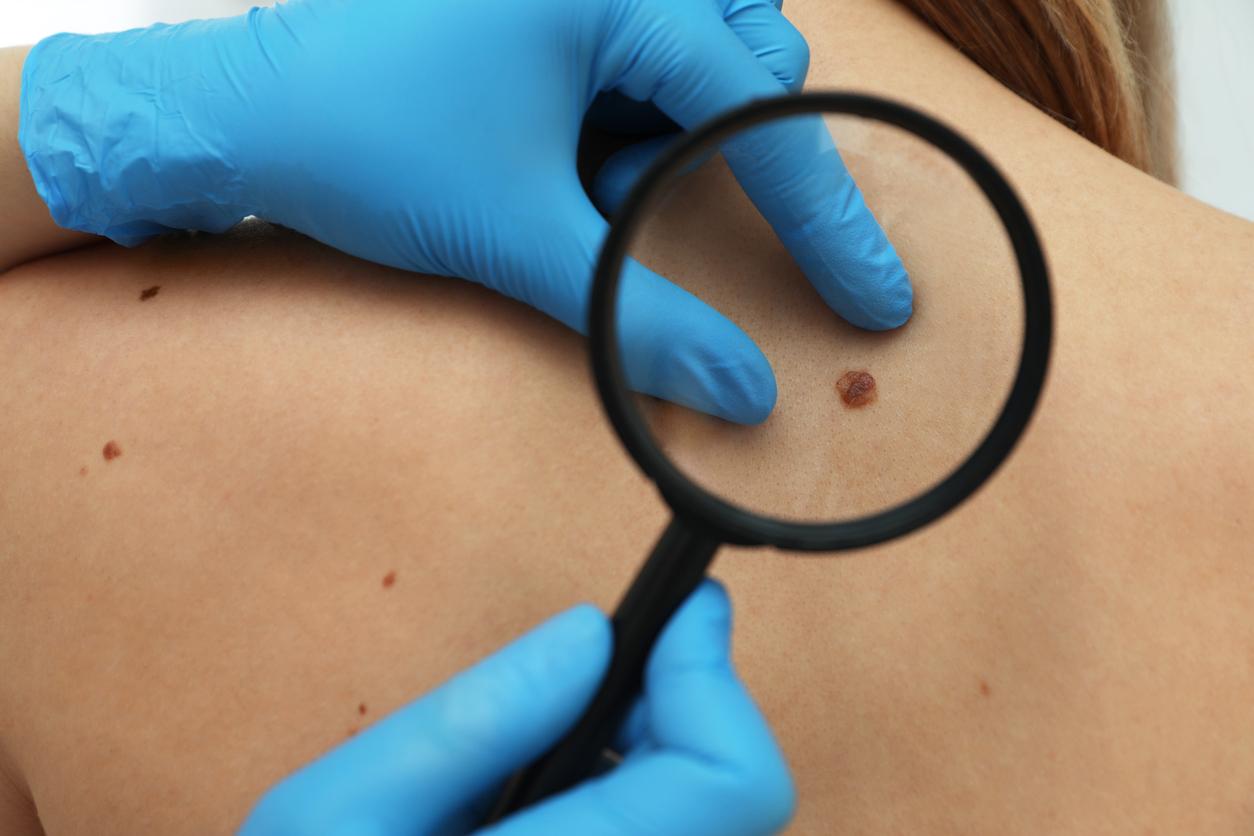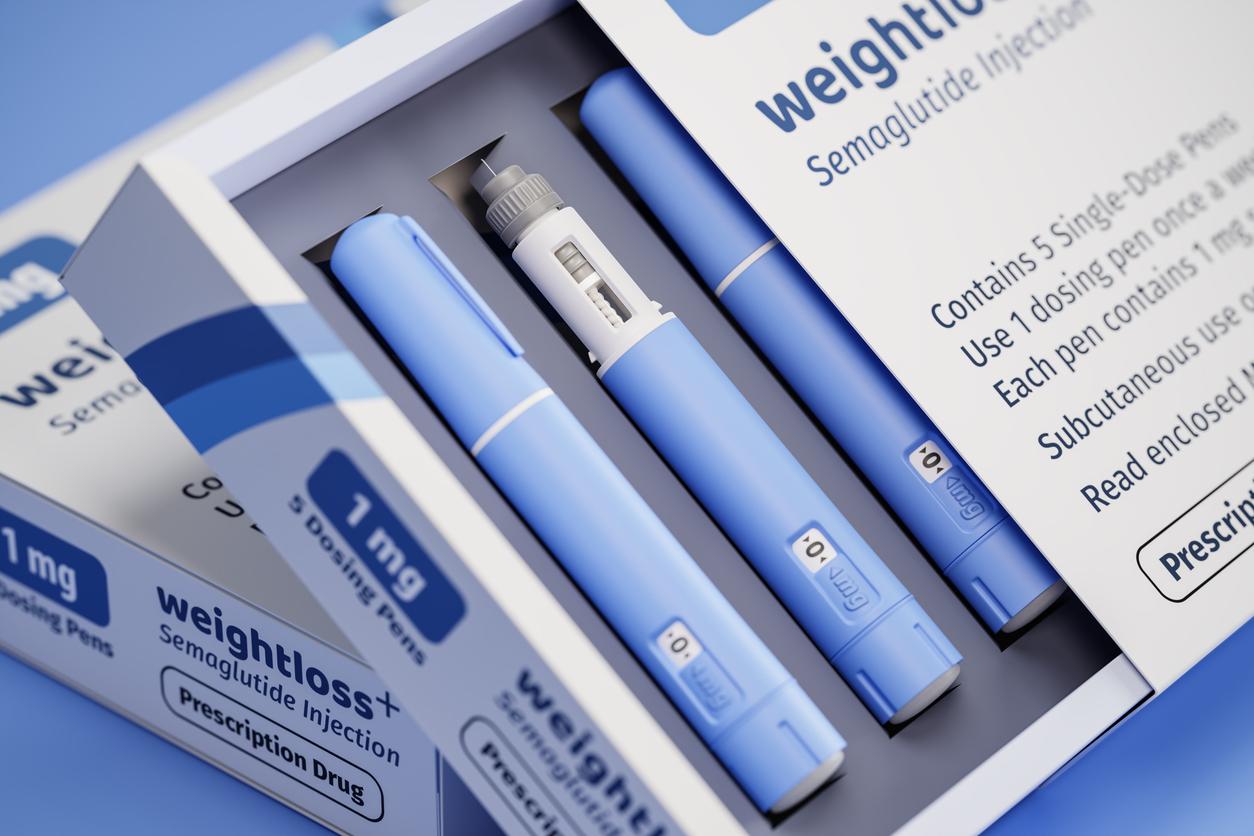For the Cancer Institute, the involvement of general practitioners would improve the early diagnosis of melanoma. Skin examination would be helpful in reducing the incidence of this cancer.

11,000 hospital stays in 2008 but also 9,784 new cases in 2011 according to projections, these are the figures for cutaneous melanoma. Rare, it remains nevertheless the most serious of the skin cancers because of its capacity to metastasize. Sunburns, especially in childhood and family history are the main risk factors.
The National Cancer Institute (INCa) and the High Authority for Health (HAS) have tried to identify “the factors of delay in diagnosis”. The agencies suggest ways of improving the conditions for early detection. Among them, an active approach by general practitioners.
It is based both on a review of the literature, on the HAS 2006 report, but also on surveys of practice among health professionals (general practitioners and dermatologists) that INCa has just published its recommendations. With the confirmation that the actions carried out since 2006 by INCa and HAS are going in the right direction.
Their conclusions: to involve general practitioners even more and to identify subjects at risk and / or with a suspicious lesion. Complementary to dermatologists, the general medical consultation should be repeated at regular intervals to maintain its effectiveness. Indeed, an active process of research and identification of the warning signs of cutaneous melanoma (process known as “early detection”) by general practitioners would give, according to INCa, better chances of recovery.
It would make it possible to intervene before the metastatic extension phase. It would therefore be important to encourage general practitioners to undress patients in order to perform a complete clinical skin examination.
According to a BVA survey, 46% of general practitioners say they completely undress their patients and 24% say they do a complete skin examination including the examination of the external genitalia. A number too low to detect all melanomas. A recommendation that proves its beneficial effects in the field. Pilot experiments in the regions (West Melanoma network, OMECHA melanoma network: Observatory of melanomas in Champagne-Ardenne) have shown the complementary role of the general practitioner in the identification of subjects at risk and the diagnosis of suspicious lesions.
For INCa, the identification of more vulnerable subjects may also be the responsibility of the general practitioner. A work which would make it possible to inform these populations about the risks they run. People who have sensitive skin, moles, who have had repeated sunburns or who are exposed to artificial UV rays, those who have a family history of skin melanoma, are among the groups at risk.
In 2006, the HAS concluded not to set up an organized screening program for melanoma in France (with the exception of Germany, no other country in Europe has done so). It therefore recommended the training of health professionals (general practitioners, occupational physicians) in the early diagnosis and semiology of cutaneous melanoma and in the identification of patients at risk.
How? ‘Or’ What? With E-Learning, for example, which corresponds to interactive learning on the Internet to which every doctor can easily access. In the course of 2010, INCa also set up a multimedia training module for the early detection of skin cancer for healthcare professionals. In addition, sending general practitioners at regular intervals summary recommendation sheets could also contribute to a better understanding of risk factors.
In conclusion, training general practitioners in this type of problem and informing the population, these are the two means for INCa to reduce this skin cancer which again killed 1,618 people in 2011.
.















